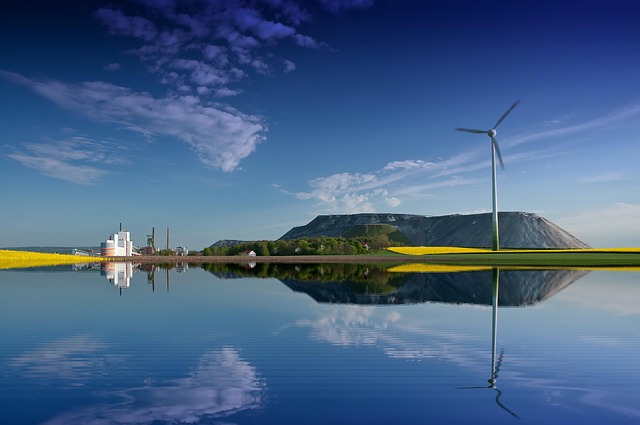Mining has long been a cornerstone of industrial development, providing essential resources that fuel our technological advancements and economies. However, the environmental cost associated with these activities is staggering, particularly concerning deforestation. The relentless pursuit of minerals, metals, and fossil fuels leads to the destruction of vast expanses of forests, turning once vibrant ecosystems into barren landscapes.
Forests are not just a collection of trees; they are complex ecosystems that host a multitude of life forms, play a critical role in carbon storage, and regulate local climates. When mining activities begin, entire ecosystems face the axe, quite literally. The process often involves clear-cutting vast areas of forest to access underground minerals, resulting in an irreversible loss of biodiversity. Animals lose their homes, while plants that have taken years to mature are demolished in a matter of days.
The impact of mining doesn’t stop at deforestation; it extends into the realm of climate change. Deforested areas release significant amounts of carbon dioxide into the atmosphere, exacerbating global warming. Trees absorb carbon dioxide, and when they are cut down, not only is this carbon storage capacity lost, but the stored carbon is also released back into the atmosphere. This alarming cycle contributes to shifting weather patterns and increasing natural disasters, heightening the urgency of tackling climate change.
Moreover, the mining industry often leaves behind contaminated waste that seeps into the soil and waterways, further damaging the environment. This pollution can poison local communities, degrade water quality, and lessen soil fertility, making the area uninhabitable for both wildlife and human populations. This rampant destruction asks the question: is the transient benefit of mineral extraction worth the permanent damage inflicted on our planet?
Communities worldwide are feeling the impact, as local climates become less predictable due to the loss of tree cover. We see changes in precipitation patterns, increased temperatures, and the onset of droughts that threaten food security and local economies. The rich tapestry of life that forests provide is integral to our survival, and the ramifications of mining’s toll on these natural sanctuaries can no longer be ignored.
As we stand at a crossroads, the responsibility lies with us to advocate for sustainable mining practices. Introducing stricter regulations that prioritize environmental restoration is pivotal. Companies must invest in eco-friendly technologies and adopt a circular economy approach to reduce their ecological footprint. By transitioning to alternative materials and promoting recycling, we can lessen the demand for raw mining resources and alleviate some of the pressure on our forests.
Raising awareness about the environmental costs of mining is crucial. Education can empower individuals and communities to demand accountability from corporations and governments alike. The fight against deforestation and climate change needs collective action—let us unite to protect our forests and, in turn, our planet.
There’s still hope if we act now. By prioritizing the preservation of our forests over short-term gains, we can forge a sustainable coexistence with nature. With our forests under threat, we have an obligation to protect these vital ecosystems, not only for ourselves but for future generations that will inherit the consequences of our actions.




